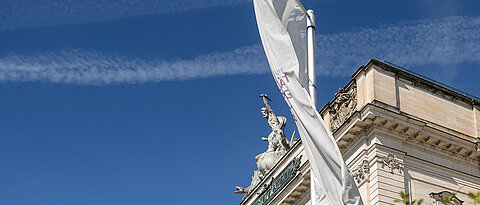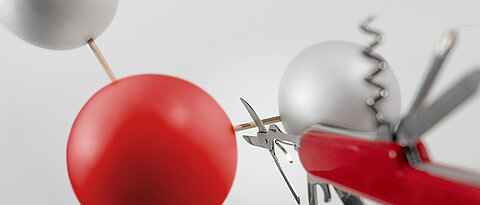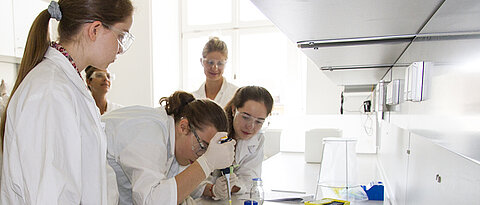Altruism can be trained
10/10/2018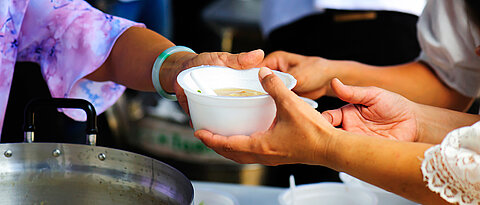
Mental training can effectively cultivate care, compassion and even altruistically motivated behaviour psychologists from Würzburg and Leipzig have shown in a recent study.
more


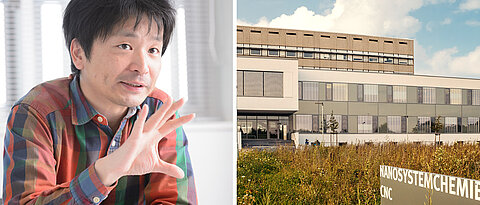
![[Translate to Englisch:] Fahnen der Universität Würzburg. (Foto: Daniel Peter)](/fileadmin/_processed_/c/b/csm_0927ExStra1-w_96bed4c920.jpg)
